Teaching and learning more effectively thanks to the "power" of technology
In the context of increasingly strong digital transformation, technology has become a key factor in improving the quality of education. The effective application of new technologies not only innovates teaching methods but also opens up wider and more flexible learning opportunities for learners.
Instead of the traditional teaching method of only using textbooks and blackboards, teachers today have used many technological tools such as interactive boards, online teaching software, artificial intelligence (AI)... This not only makes lectures more attractive and lively but also stimulates students' thinking, creativity and interaction in each lesson.
According to the reporter's records at Tran Phu High School (Vinh Yen), the application of technology in teaching has created a clear change in both the quality and form of learning.
Ms. Nguyen Thi Bich Ngoc, a teacher at the school, said: “Digital technology not only helps students easily access new knowledge but also supports them in proactively exploiting multi-dimensional information from many different sources.”
Ms. Bich Ngoc added that technology applications such as Azota and Quizizz have been effectively and practically deployed in assigning homework and assessing students. These tools provide instant feedback, helping students self-assess their learning outcomes, while also facilitating teachers to manage and monitor the learning process quickly and accurately, thereby promoting students' self-learning and training spirit.
Interactive software in extracurricular activities at school also contributes to increasing interactivity, stimulating students' initiative and interest.
Nguyen Hong Quan, a student at Tran Phu High School, said: “I really enjoy learning Quizizz software. When answering questions through this application, I feel more interested than just listening to lectures and taking notes. Every time I answer correctly, I feel like I am playing a game but still learning very interesting and useful knowledge.”
Tran Lan Anh also shared the benefits of applying digital technology to learning: “Previously, I was quite hesitant to review because the amount of knowledge was too much. But when teachers used tools like Azota to assign assignments, I felt that studying became easier and had a clearer direction. Every time I did an exercise, I received the answer immediately, from there, I could know where I needed to improve and review more knowledge that I had not yet mastered.”
In the context of the education sector promoting comprehensive digital transformation under the direction of the Ministry of Education and Training, positive signals from the application of technology in schools show that, if properly deployed, technology is not only a support tool but also a driving force for innovation in teaching and learning methods. In particular, when students, as future "digital citizens", have early access to a flexible and creative learning environment, they themselves will become the subject of knowledge creation in the new era.
Not small challenges
However, besides positive changes, the application of technology in education is currently facing many challenges.
ICT skills are the first barrier, requiring both teachers and students to invest time and determination to overcome. Effective use of technology requires not only skills but also clear, logical thinking and relevance to the teaching content.
In addition, the lack of facilities and technical equipment, especially for students with limited economic conditions, also makes it difficult to apply technology to learning. Some students are not interested or afraid of technical issues, which is also a big obstacle.
On the other hand, students’ awareness of technology use is also a factor that needs attention. Some students tend to use electronic devices to access information other than for learning purposes, leading to loss of concentration during class. Managing personal devices and guiding students to exploit technology effectively and in the right direction is still a problem that needs a synchronous solution between family and school.
Despite the difficulties, Ms. Bich Ngoc emphasized the important role of teachers in inspiring students’ motivation to learn through technology. Teachers need to be pioneers, becoming role models for students to clearly see the benefits and true value of applying technology to learning.
Along with that, artificial intelligence (AI) is gradually becoming an indispensable tool, motivating teachers to continuously learn to keep up with the rapid development of technology and avoid falling behind in the current digital education environment. Thereby, teaching and learning are not only more effective but also help students prepare well for the future skills, meeting the requirements of the labor market and modern society.
It can be said that, in the face of existing challenges, improving the effectiveness of digital technology application in education in Vinh Phuc requires synchronous participation from many sides, from the education sector, schools, teachers to students and parents.
Digital transformation is not only a trend but also an inevitable requirement of modern education. When both teachers and students are ready to adapt, proactively learn and innovate, technology will truly become the key to opening the door to knowledge in the digital age.
Vinh Phuc education is on the right track, but the road ahead still requires a lot of effort for digital education to develop more sustainably and comprehensively.
Quynh Anh
(Academy of Journalism and Communication)
Source: http://baovinhphuc.com.vn/Multimedia/Images/Id/126747/Hoc-tap-thong-minh-nho-cong-nghe-so



![[Photo] General Secretary To Lam concludes visit to Russia, departs for Belarus](https://vphoto.vietnam.vn/thumb/1200x675/vietnam/resource/IMAGE/2025/5/11/0acf1081a95e4b1d9886c67fdafd95ed)
![[Photo] General Secretary To Lam arrives in Minsk, begins state visit to Belarus](https://vphoto.vietnam.vn/thumb/1200x675/vietnam/resource/IMAGE/2025/5/11/76602f587468437f8b5b7104495f444d)
![[Photo] General Secretary To Lam meets and expresses gratitude to Vietnam's Belarusian friends](https://vphoto.vietnam.vn/thumb/1200x675/vietnam/resource/IMAGE/2025/5/11/c515ee2054c54a87aa8a7cb520f2fa6e)







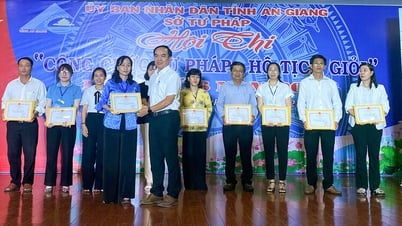





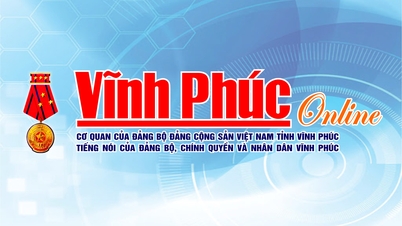
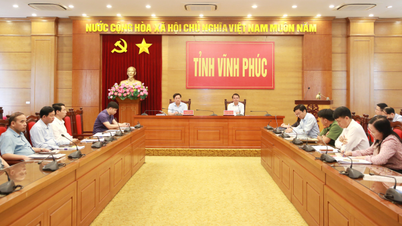
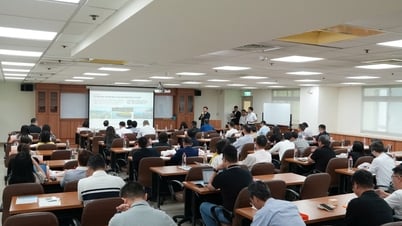


![[Photo] National Assembly Chairman Tran Thanh Man attends the Party Congress of the Committee for Culture and Social Affairs](https://vphoto.vietnam.vn/thumb/1200x675/vietnam/resource/IMAGE/2025/5/11/f5ed02beb9404bca998a08b34ef255a6)


































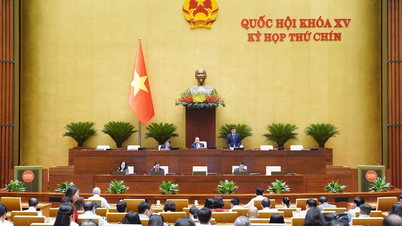
















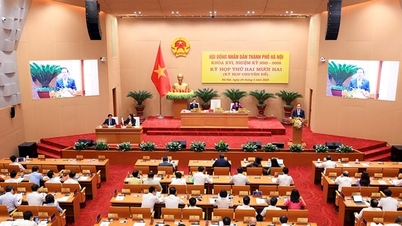













Comment (0)